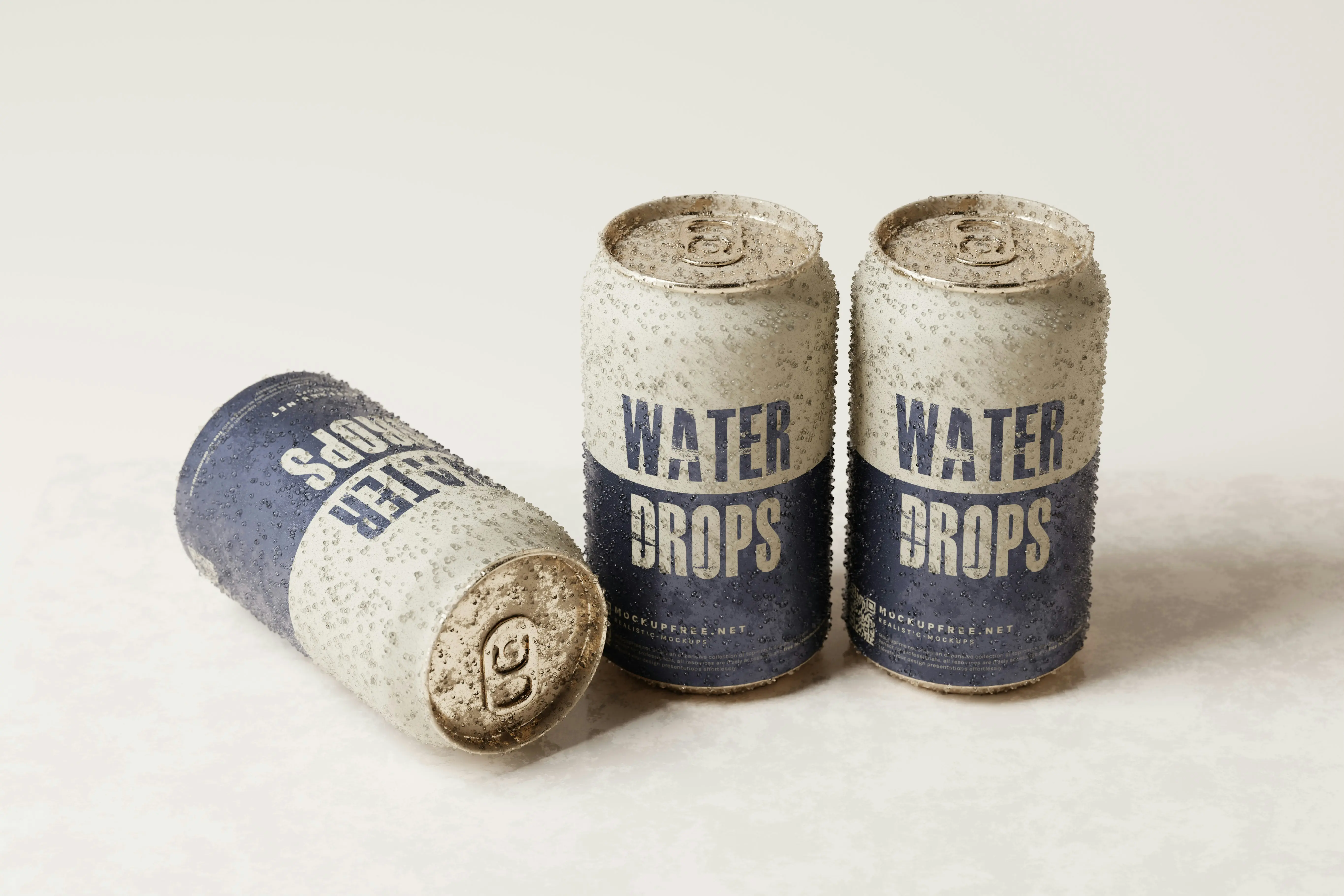Looking for practical ways to cut your business's carbon footprint? The circular economy offers powerful strategies that make a real difference.
The traditional way we make and use products, a straight line from resource extraction to manufacturing, use, and disposal, is a major driver of climate change. This linear “take-make-waste” model is responsible for a huge portion of global greenhouse gas emissions. But what if we could bend this line into a circle?
This is the core idea behind the circular economy, a model designed to eliminate waste and keep materials in use for as long as possible. The link between the circular economy and climate change is direct and powerful. By rethinking how we design, use, and dispose of products, we can achieve significant circular economy carbon reduction and build a more sustainable future. This article explores five practical strategies that put these principles into action, cutting greenhouse gas emissions across a product’s entire lifecycle.
Defining the circular economy and its fundamental link to carbon reduction
At its heart, the linear economy relies on constantly extracting new raw materials and using large amounts of energy to turn them into products, which are often quickly thrown away. Every step of this process, from mining and logging to manufacturing and landfilling, releases greenhouse gases.
The circular economy offers a systemic solution. It’s a framework based on three principles:
- eliminate waste and pollution
- circulate products and materials at their highest value
- regenerate nature
The connection to carbon reduction is simple: when we keep materials in use, we drastically reduce the need for virgin resource extraction and energy-intensive manufacturing. For example, recycling aluminium uses about 95% less energy than producing it from raw bauxite ore. By moving away from a disposable mindset, the circular economy directly tackles the root causes of industrial emissions, making it one of the most effective tools we have in the fight against climate change.
Strategy 1: design for durability, repair, and reuse
One of the most straightforward ways to cut a product’s carbon footprint is to make it last longer. Products that are designed for durability, easy repair, and eventual reuse have a much lower environmental impact over their extended lifespan.
This strategy counters the “planned obsolescence” common in the linear model. When a phone, washing machine, or piece of furniture is built to last and is simple to repair, we avoid the emissions associated with manufacturing a replacement. This includes the entire chain of emissions — from extracting raw materials and processing them to factory production and shipping.
Key actions include:
- using high-quality, resilient materials
- designing products with modular components that can be easily swapped out or upgraded
- providing customers with accessible repair guides and affordable spare parts
A great example of this is Fairphone, which creates modular smartphones designed for easy repair and longevity, directly challenging the frequent replacement cycle of conventional electronics. For more on this topic, read about e-waste and sustainability.

Strategy 2: implement product-as-a-service or sharing models
Ever thought about paying for warm, clean clothes instead of owning a washing machine? Or access to light instead of buying lightbulbs? This is the concept behind product-as-a-service (PaaS), a business model where customers pay for a service rather than owning the product that delivers it.
PaaS models create a powerful incentive for manufacturers to embrace circular principles. When a company retains ownership of a product, its profitability depends on making that product as durable, energy-efficient, and easy to maintain as possible. This alignment directly contributes to circular economy carbon reduction. For instance, Signify (formerly Philips Lighting) offers “Light as a Service,” where it installs and maintains an entire lighting system, ensuring maximum efficiency and recyclability.
Similarly, sharing models — like tool libraries, car-sharing services, and clothing rental platforms — increase the use of each product, meaning fewer items are needed overall. This reduces the total manufacturing emissions and resource consumption.
Strategy 3: focus on remanufacturing and refurbishment
Remanufacturing and refurbishment are powerful circular strategies that give products a second life.
- refurbishment involves repairing and restoring a product to good working condition
- remanufacturing is a more rigorous process of disassembling a product, restoring its components to like-new specifications, and reassembling it
Both approaches save a significant amount of energy and materials compared to making a product from scratch. According to the European remanufacturing network, remanufacturing can reduce carbon emissions by up to 80% compared to new production.
Companies like Caterpillar have built successful business models around remanufacturing heavy machinery parts, while the market for refurbished electronics is growing rapidly. These practices not only reduce the emissions impact of waste, but also create economic value by recovering the energy and labour embedded in existing products.
Strategy 4: improve material efficiency and reduce waste
Waste generated during the manufacturing process is a hidden source of emissions. Every bit of scrap material represents wasted resources and energy. Improving material efficiency means optimising design and production processes to create the same output with fewer inputs.
This can be achieved through:
- better design that minimises offcuts and scrap
- advanced manufacturing techniques like 3D printing (additive manufacturing), which builds objects layer by layer, often using significantly less material than traditional (subtractive) methods
- finding uses for by-products that would otherwise be considered waste
Sustainable materials management is crucial for reducing GHG emissions. By carefully selecting materials and using them efficiently, businesses can lower their footprint and often their costs. To understand the full impact, it is helpful to compare different approaches, as detailed in our guide on LCA versus carbon footprint.
Strategy 5: enhance recycling and design for recyclability
While the circular economy prioritises strategies like reuse and repair, high-quality recycling remains a vital component. Recycling recovers valuable materials from products at the end of their life, feeding them back into the economy and displacing the need for virgin resources.
However, for recycling to be effective, products must be designed for recyclability. This means:
- using mono-materials (products made from a single type of material) where possible
- avoiding the use of glues and adhesives that contaminate recycling streams
- clearly labelling materials so they can be easily sorted
According to the U.S Environmental Protection Agency aluminum can be recycled using less than 5 percent of the energy used to make the original product. Recycling one aluminum beverage can save enough energy to run a 14 watt CFL bulb (60 watt incandescent equivalent) for 20 hours, a computer for 3 hours, or a TV for 2 hours. By designing products with their end-of-life in mind, we can ensure these benefits are realised and close the loop on material flows.

The circular economy is a clear roadmap for climate action
Shifting from a linear to a circular model is more than just an environmental strategy; it is a fundamental economic transformation that directly addresses the drivers of climate change. By designing for durability, embracing service models, remanufacturing products, improving material efficiency, and enhancing recycling, businesses can significantly reduce their GHG emissions.
These strategies demonstrate that sustainable growth is possible. The circular economy provides a practical framework to build a resilient, low-carbon future where economic activity can thrive while respecting planetary boundaries.
Ready to understand and reduce your own carbon footprint? The Hedgehog Carbon platform makes it simple to measure your emissions and identify reduction opportunities. Start your journey towards sustainability today.




.webp)

